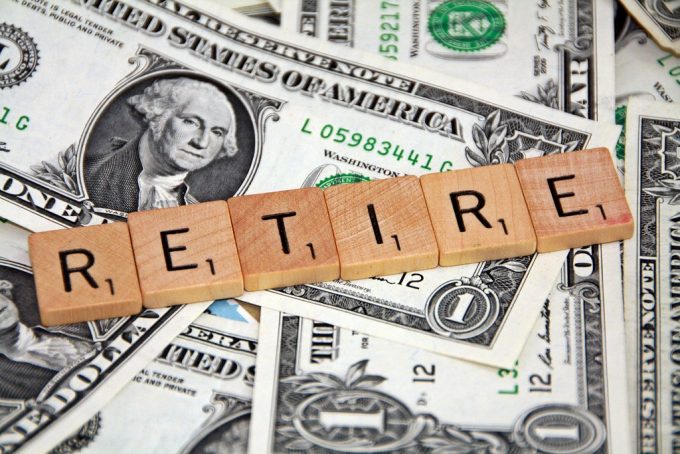Retirement involves more than simply stopping work. It involves emotional decisions, financial planning, and in growing numbers, changing location. Recent studies show an increased number of Americans moving abroad after retirement. Indeed, just less than 400,000 American retirees are now living abroad, according to the Social Security Administration. The countries they have chosen most often are Canada, Japan, Mexico, Germany and the United Kingdom.
Think Advisor recently reported that International Living Magazine recently polled its 9,000-plus readers and found that nearly half of the respondents said they were interested in retiring earlier than age 65 and would move overseas to take advantage of lower costs on housing, healthcare and day-to-day living, while gaining new culture experiences, a better climate and more stable politics. Twenty-seven percent of those surveyed said they would like to rove around in retirement rather than have a single home base, slowly traveling from place to place, exploring one or many countries, or even the world.
Staying put
However, the fact is, only 1.6 percent of retirees between the ages of 55 and 65 moved across state lines, according to an analysis of 2010 U.S. Census Bureau . The vast majority of retirees either stayed in their existing homes or made in-state moves. About 1 million people move every year following their retirement. Many movers have done so for family-related reasons, and many others for health or financial reasons. State-wise, Virginia welcomed the highest number of new retirees in 2020 at 15.1 percent. The second most popular state was Florida at 13.5 percent followed by Wyoming at 10.3 percent, Pennsylvania at percent and Idaho at 4.9 percent. Texas, Hawaii, Oregon, Vermont and Rhode Island rounded out the top 10 states where Americans moved for retirement.
How much is enough?
Regardless of travel plans, preparing for retirement or making the most of retirement takes strategy, often financial strategy. Whether that retirement plan includes moving, staying put, traveling, living lavishly or living frugally, the scheme generally involves a nest egg large enough to sustain a long and full retirement. J.P. Morgan says “enough means the nest egg is big enough to have at least an 80 percent chance of surviving 30 years in retirement.” The financial firm’s number crunchers also assume that, before retirement, you keep kicking in 10 percent of your income each year to your nest egg. In addition, they assume that your retirement portfolio grows an average of 6 percent a year before retirement and 5 percent a year in retirement.”
Nest egg
Life-change dreams and goals are personal to each retiree, but in any case, retirement maneuverability takes a nest egg. A “nest egg” generally refers to retirement accounts and funds or income saved for the future. It is available funds to rely upon after retirement. Growing that nest egg is often the goal of a financial plan, and there are many ways to grow that fund.
Nest egg goals have often been targeted by financial experts at $500,000, but AARP suggests that retirees may need $1,972,047 to retire at age 67. It seems that retirement is getting more expensive. To achieve that lofty figure, financial strategies are being tailored creatively to bring extra money to their retirement funds beyond a 401(k) or IRA.
Outside of social security payments, retirement accounts, stock investments, operating small businesses, or gig work several of the scenarios employed to gain nest egg funds include the following.
Leverage Income
The first key to building a nest egg is saving money. If money isn’t set aside, it won’t be there when needed. A common recommendation is saving 15 percent of gross income toward retirement. A good deal is if the saver’s workplace will match deductions 401(k) contributions. Take advantage of that. Once the 401(k) deductions have been company-matched, invest the remaining percentage in a Roth IRA.
Downsize
Homes are the most marketable asset most retirement planners have, with the potential to bring in hundreds of thousands of dollars from the equity established. That equity can make up a huge portion of the nest egg goal. Additionally, downsizing to a smaller home could mean lower overhead and mortgage costs. In the same vein, lower expenditures. If not paying out, cash on hand lasts longer and has greater value. Take a look at cost-saving plans, bulk and wholesale purchasing and utility efficiency. Cost savings are an auxiliary form of nest egg building.
Reverse Mortgage
Rather than selling their home, many seniors are taking out reverse mortgages. A reverse mortgage allows retirees to keep their home while saving or using the funds they have received from their equity. Anyone above age 62 can try this option if their home is their primary residence.
To find out real-time value and equity, a reverse mortgage calculator (you can find one here) can offer instant and accurate eligibility, real-time interest rate & APR.
Additionally, if the homeowner has a multi-unit residence, HUD does allow 1 – 4 family properties under the reverse mortgage program and if the reverse mortgage borrower is living in one of the units, they absolutely can rent out the remaining unit(s) for additional nest egg funds.
Cash out policies
Downsizing costs and bringing ion cash can be accomplished by cashing out life insurance policies, when they are written to allow the policyholders to get the funds from their policy if they are whole life, variable life, or universal life insurance plans. Early cash out is not allowed in term life insurance plans.
Start building
Begin nest egg expansion today by using the tools and instruments available. The earlier the plan is launched, the more saving and building can be accomplished, the quicker the monetary goal can be reached and the less money leaks out of retirement funds.



